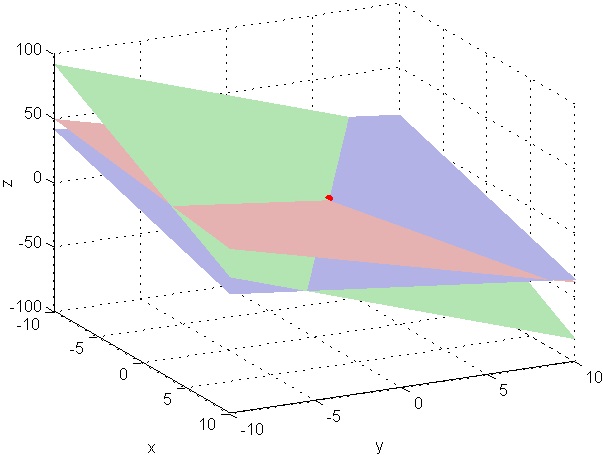Let’s face it, you are using Octave because MATLAB is too expensive for you. Maybe you’re not student anymore and got used to play with MATLAB, but now you need the best free alternative.
Certainly, if money is not a problem, MATLAB would overperform Octave in most of their characteristics (not all of them and I’ll show you) and is surely the best option.
Fear not! GNU Octave is here, and yes, it is indeed the best alternative to MATLAB, but… it’s not the same. We know, and here I present some useful tips to avoid any conflict with your migration to the Octave world.





